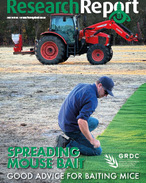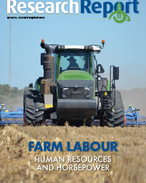This article is 8 years old. Images might not display.
The Queensland government has poured more than $26 million to assist landholders with constructing fences to protect livestock, including sheep.
On a tour of a regional property near Longreach in Queensland’s west, Palaszczuk said it was clear the investment was working.
"It fills me with pride for this whole community that … this was their idea, so this is me listening to their idea, and now we've helped by putting some money forward and now it is happening," she told ABC Rural.
"The money that we have put into this wild dog fencing is working.
"[Now] we want to see more landholders come on board.”
Investment into curbing wild dog attacks has been a constant issue across the country.
Back in 2004, wild dogs were estimated to cost agricultural industries up to $66 million per year, and the current costs would be significantly higher.
As well as Queensland, farmers in Western Australia and Victoria have benefited from government funding.
In November, the WA Government announced $19.94 million to support key recommendations from the WA Wild Dog Action Plan, which recognised the importance of coordinating efforts from industry, government and the community to control wild dogs.
The WA plan includes funding wild dog trappers and repairing 405km of the existing State Barrier Fence.
And in October, the Victorian Government renewed a bounty on wild dogs from early next year, as well as a commitment to a new Wild Dog Control Advisory Committee.
However, on Monday the Victorian Opposition released an alternative wild dog policy, which increases farmer representation on the committee.
Funding is critical to curb the impact of wild dogs, which is why South Australian farmers were left bewildered after funding cuts were made last year, leaving pastoralists to manage the issues by themselves.
The state currently has no dog trappers after the South Australian Arid Lands National Resources Management made the final position redundant, and in November Livestock SA president Geoff Power called on the SA Government to provide $300,000 to reinstate trappers.
“It’s $300,000 that we are seeking. It is not a huge sum of money to protect a significant contributor to the state’s economy in the livestock industry.”
Funding various methods to curb wild dog attacks has proven to be fruitful for landholders, but it is clear it is not a priority everywhere.






















